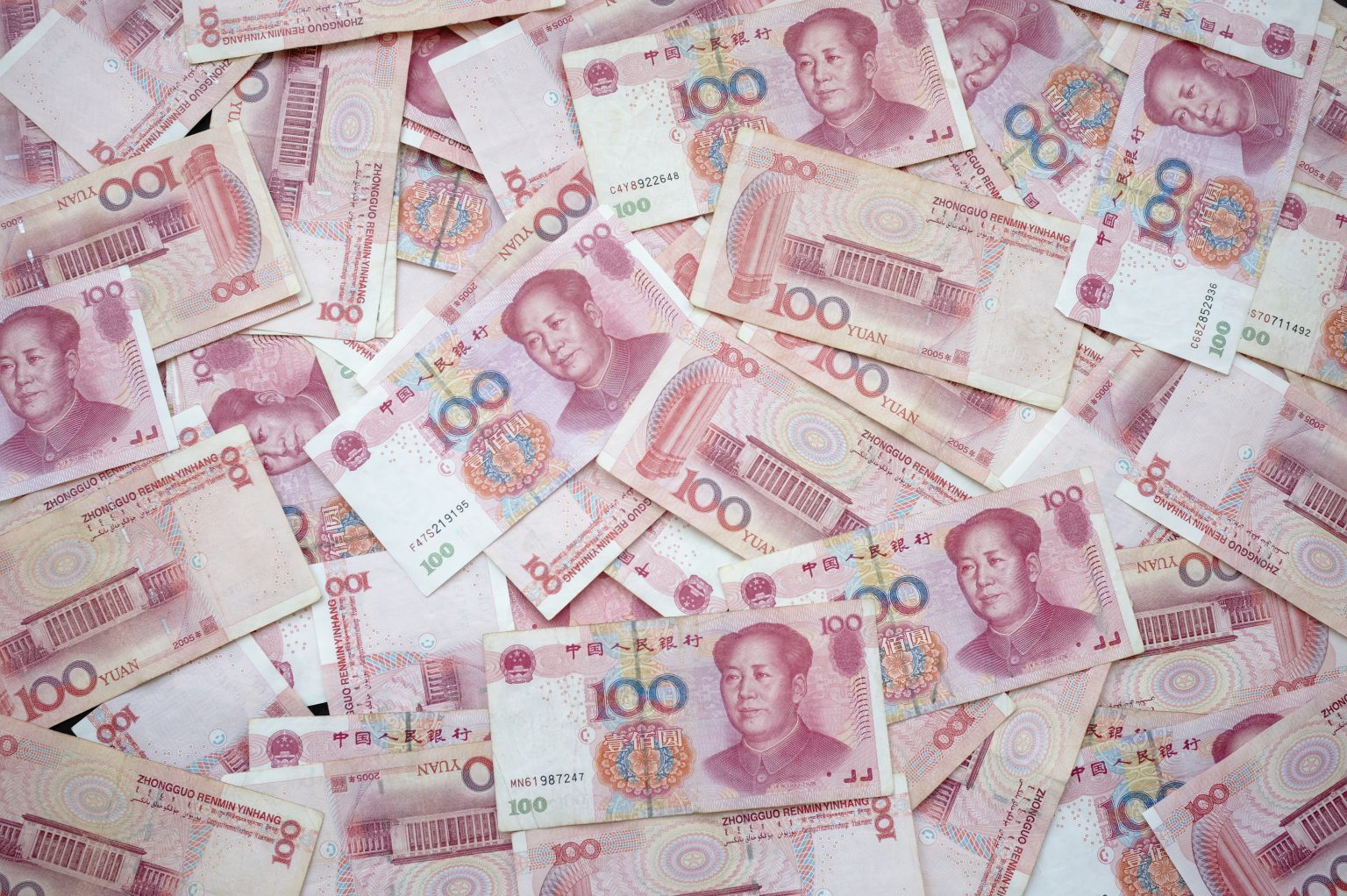China’s services sector experienced its fastest growth in three months during October, according to a new private-sector survey. Early indications suggest that Beijing’s recent stimulus measures are beginning to improve business conditions, providing a much-needed boost to the economy.
The Caixin/S&P Global services purchasing managers’ index (PMI) rose to 52.0 in October, up from 50.3 in September. A reading above 50 indicates expansion, and the latest figure signals renewed momentum for the sector after months of sluggish growth.
Stimulus Measures and Economic Growth
The uptick in services activity aligns with the official PMI data released last week, which showed non-manufacturing sectors like services and construction also returning to expansion. This recovery comes as China grapples with the slowest economic growth since early 2023, particularly weighed down by a struggling property sector.
In response, Beijing implemented a series of monetary stimulus and property sector support measures in September. Shortly afterward, China’s Politburo vowed to engage in “necessary spending” to steer the economy back on track and meet its annual growth target.
Key Survey Insights
The survey revealed that new business inflows grew slightly, with the index rising to 52.1 from 51.0 in September. However, growth in new orders from abroad slowed during the same period.
Despite rising demand, capacity pressures were evident as businesses reported backlogs of work. This led service providers to increase employment for the second consecutive month.
Input price growth slowed to a three-month low, though businesses continue to face challenges from rising material and energy costs. However, overall confidence among service providers reached its highest level in five months, with many firms ramping up promotional efforts to support sales growth in the coming year.
Economic Outlook and Challenges Ahead
Together with the manufacturing PMI, the Caixin/S&P Global Composite PMI increased to 51.9 in October, up from 50.3 in September. While this marks positive progress, other economic indicators continue to raise concerns. Recent data pointed to deflationary pressures, weaker export growth, and subdued loan demand—warning signs that could undermine the recovery.
Wang Zhe, Senior Economist at Caixin Insight Group, emphasized that China’s economic outlook will hinge on a sustained recovery in consumer demand. “Achieving China’s 2024 growth target will depend on a sustained recovery in consumer demand. That means policy efforts should focus on increasing household disposable income,” Wang said.
As China looks to the year ahead, the focus will remain on ensuring continued growth in key sectors while navigating the challenges posed by rising costs and external demand.


